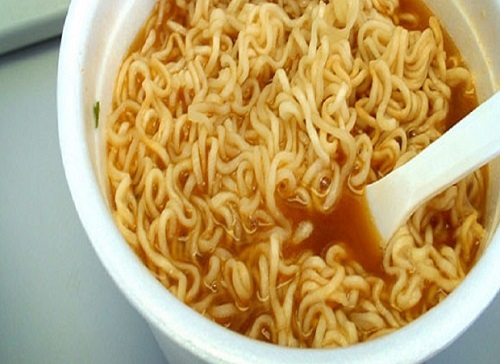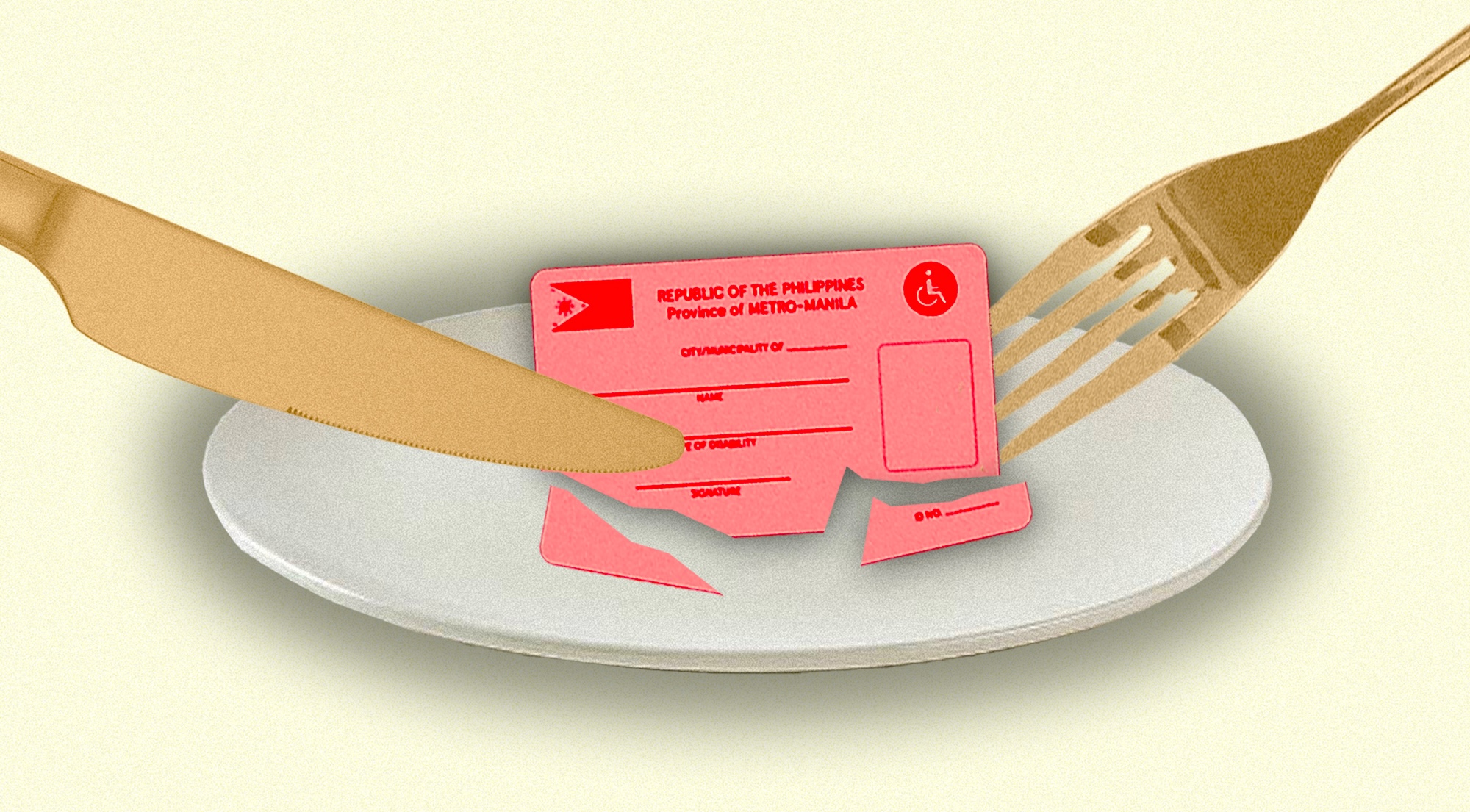I had the privilege of sharing the stage earlier this week with world-renowned Italian cardiologist professor Claudio Borghi during two scientific symposia in Yangon and Mandalay in Myanmar.
One of the topics discussed was how to stem the tide of high blood pressure (BP) in Southeast Asia (SEA).
It was noted that the trend of hypertension is decreasing in the affluent countries of the region like Singapore, but in other SEA countries, the trend is still increasing. This has been attributed to the increased salt intake in the region.
One easily identifiable cause is our fondness for salty, fermented food and condiments (patis, toyo, bagoong, etc.) and processed food like instant noodles and canned food.
With these salt-laden food and condiments, our salt intake is really going through the roof. We should limit our sodium intake to less than 2 grams per day, or a salt intake of 5 grams per day.
However, in many parts of the country, the estimated salt intake is more than twice the allowable limits. Most of these come from processed food, condiments and sauces.
We have to be more conscious in checking food labels for the amount of sodium plus other ingredients before we take the processed or canned food from the counter to our grocery cart. The lower the sodium content, the better.
Some instant noodle preparations contain more than 2 grams of sodium per serving. So one pack of these instant noodles already exceeds our allowable daily limit for sodium.
At the Mandalay airport in Myanmar, while waiting for our flight to Yangon, I tried one of the local instant noodle snacks just to see if they’re as salty as our products here. To my pleasant surprise, it was a “low-salt” preparation.
I was told that some local manufacturers already voluntarily reduced the salt in their processed food. They actually manufacture two types of the same product—one with regular (high) salt content, and another with low salt content. At least, the consumer has a choice whether to eat healthy or not.
Healthier versions
If we stop buying processed food with high salt content, our manufacturers will be compelled to produce healthier versions with reasonable salt content.
I wish our food manufacturers would have the humanitarian spirit to help save many Filipinos from high blood pressure and dying from hypertension-related complications, which remain the No. 1 cause of death in the country and worldwide.
Nine million people are dying annually worldwide from complications of high BP—1.5 million in SEA, and close to 100,000 in the Philippines.
If we stop buying processed food with high salt content, our manufacturers will be compelled to produce healthier versions with reasonable salt content.
Sometimes, I can’t help but wonder if the allocation of our meager health resources is equitable. We can quickly allocate P3.5 billion a year to prevent a few thousand deaths from dengue hemorrhagic fever, but we seem to find it unjustifiable to allocate a significant budget to address a problem that kills around 100,000 Filipinos yearly.
In a recent commentary I wrote for an international hypertension publication, I stressed that prevention and control of hypertension are really complex, and need a multisectoral collaboration approach.
A strong multisectoral political will is necessary so that governments, policy makers, health workers, professional organizations, the private sector and individuals with hypertension can work as a team, to increase BP control.
The government and policymakers are expected to think of country-specific public health policies and interventions that are affordable, sustainable and cost-effective, especially if these are out-of-pocket expenses for the individuals diagnosed with hypertension.
The government must also provide its citizens access to adequate health care, particularly at the primary or barangay level. Sophisticated equipment is not necessary to diagnose hypertension. A simple device is all that is needed. Even nonphysicians can be trained to diagnose unsuspecting individuals with elevated BP.
It would be more cost-effective for resource-constrained countries like the Philippines to shift limited resources from tertiary to primary care.
Although primary care targets mainly health promotion and preventive care, the ideal scenario is that even at the primary level, hypertension control programs that address total cardiovascular risk are integrated, so that high-risk individuals can be identified and prioritized for treatment. When resources are low, this is one way to get a bigger bang for your buck.











































